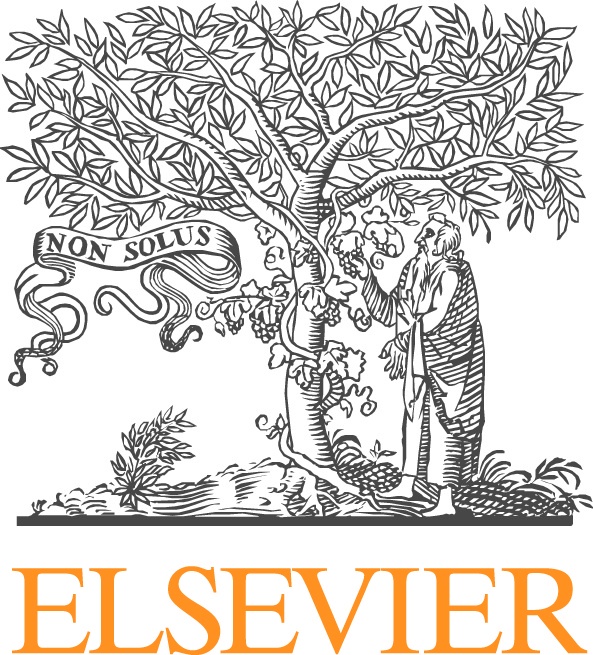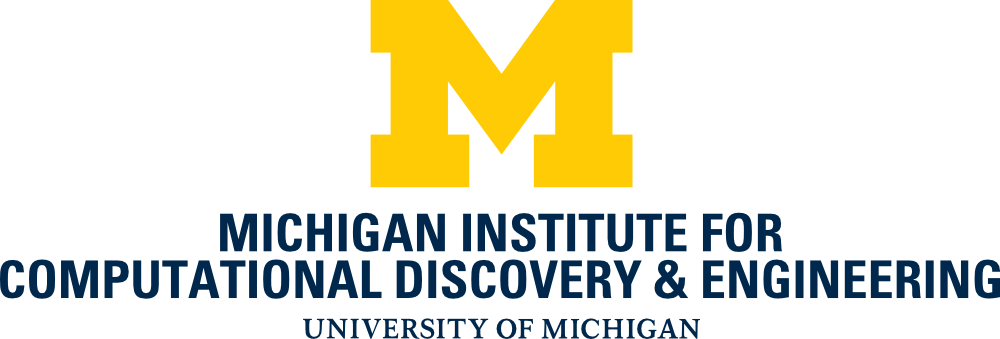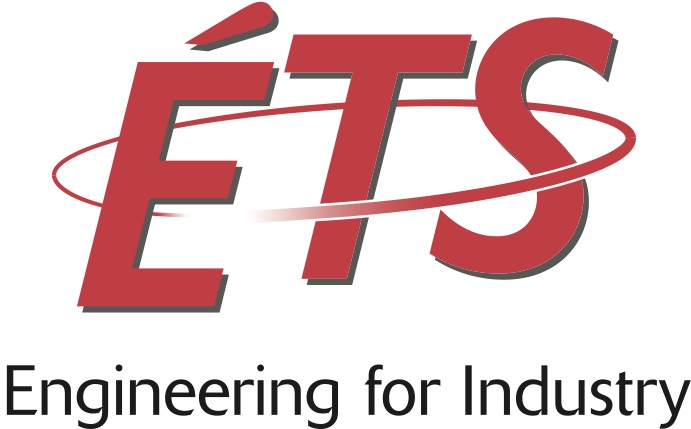Finite Temperature and Finite Deformation: New Tools for More Efficient and Accurate Atomistic Simulation
Ronald E. Miller
Carleton University
Tuesday, July 18, 1:30 pm
Abstract:
Two of the important challenges to using atomistic simulation to study material behaviour are modeling the roles of finite temperature and finite deformation. In this presentation I will discuss a new method for finding activation energies for atomistic systems and an improved method for accurately controlling the true stress in molecular dynamics.
When studying the deformation of solids at finite temperature, we are regularly confronted with the long time scales associated with activated processes. Diffusion, defect nucleation and dislocation motion are all processes that are often too slow to study with direct atomistic simulations. Instead, we must appeal to models based on transition state theory, whereby we can predict process rates using accurately calculated parameters from key atomic configurations. Specifically, we require knowledge of three atomic configurations: two local minima on the potential energy surface (PES) of the atoms (the "reactant" and "product" states), and the saddle point ("transition" state) configuration between these minima. For complex processes involving many atoms, the challenge is to find these configurations both efficiently and with sufficient accuracy.
In this presentation, I will discuss a new method called TRREAT (the "Transition Rapidly-exploring Random Eigenvector Assisted Tree" method) that we have developed for the purpose of searching the PES for transition and product states. The method is related to methods in the literature (e.g. the nudged elastic band, dimer and activation-relaxation methods) but seems to have advantages for certain applications. Specifically, it can find numerous transition and product states from knowledge of only the reactant state and does so efficiently by a combination of Monte Carlo search, eigenvector biasing and a method to avoid previously searched regions of the PES. Further, because it works well with only approximate eigenvectors (due to its stochastic nature), it can be applied to large DFT calculations where accurate eigenvectors are prohibitively expensive to compute.
The second challenge I will address, that of finite deformation, is important when studying soft materials or stress-induced phase transformations of crystals. When the stress state needs to be controlled in atomistic simulation of such systems, this is almost universally achieved using the Parrinello-Rahman algorithm or some related technique. However, none of these techniques are able to control the true (Cauchy) stress applied to the system. Instead, they apply an approximation to the second Piola-Kirchhoff stress (related to the "engineering" stress). The true Cauchy stress that results during such a simulation is dependent on the deformation of the simulation cell. Further, this true stress cannot be known a priori, and it can be significantly different than the apparent applied stress when the deformation is large.
In this presentation, I will discuss an alternative molecular dynamics algorithm that controls the true Cauchy stress applied to the system. The "Cauchystat" is based on the constant stress ensemble presented by Tadmor and Miller (“Modeling Materials: Continuum, Atomistic and Multiscale Techniques," Cambridge University Press, 2011), but with modified equations of motion that update the system boundary conditions in response to the resulting deformation of the simulation cell.
Biography:
Ron Miller received his BSc in Mechanical Engineering from the University of Manitoba in 1994, and his PhD in engineering from Brown University in 1997. He was a post-doctoral fellow in the Division of Engineering and Applied Sciences at Harvard University. He is co-author of over 70 scientific articles and two textbooks published by Cambridge University Press. He has been a visiting research professor at EPFL (Lausanne, Switzerland), INPG (Grenoble, France), the Technion (Israel) and Brown University (USA). He is currently Professor and Chair of the Dept. of Mech. and Aero. Engineering at Carleton University.
His research focuses on modeling and simulation of materials at the atomic scale. He has been actively involved in the development of a number of multiscale methods that aim to reduce the computational expense of atomic-scale simulation, and more recently has turned his attention to the development of interatomic potentials and new techniques for exploring energy landscapes to find activation barriers.







